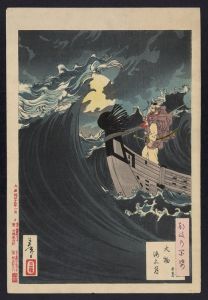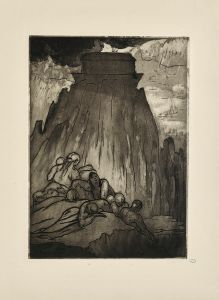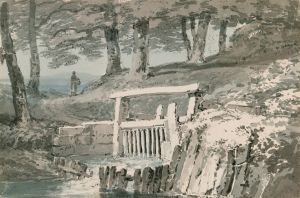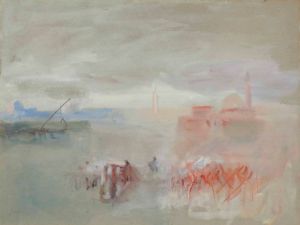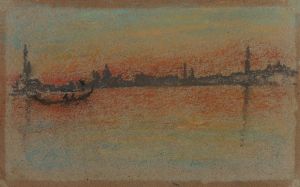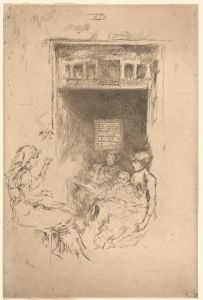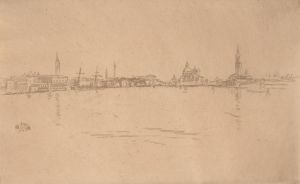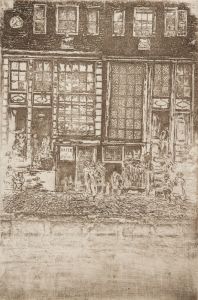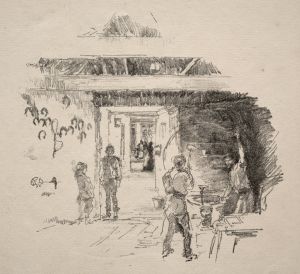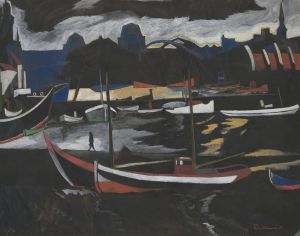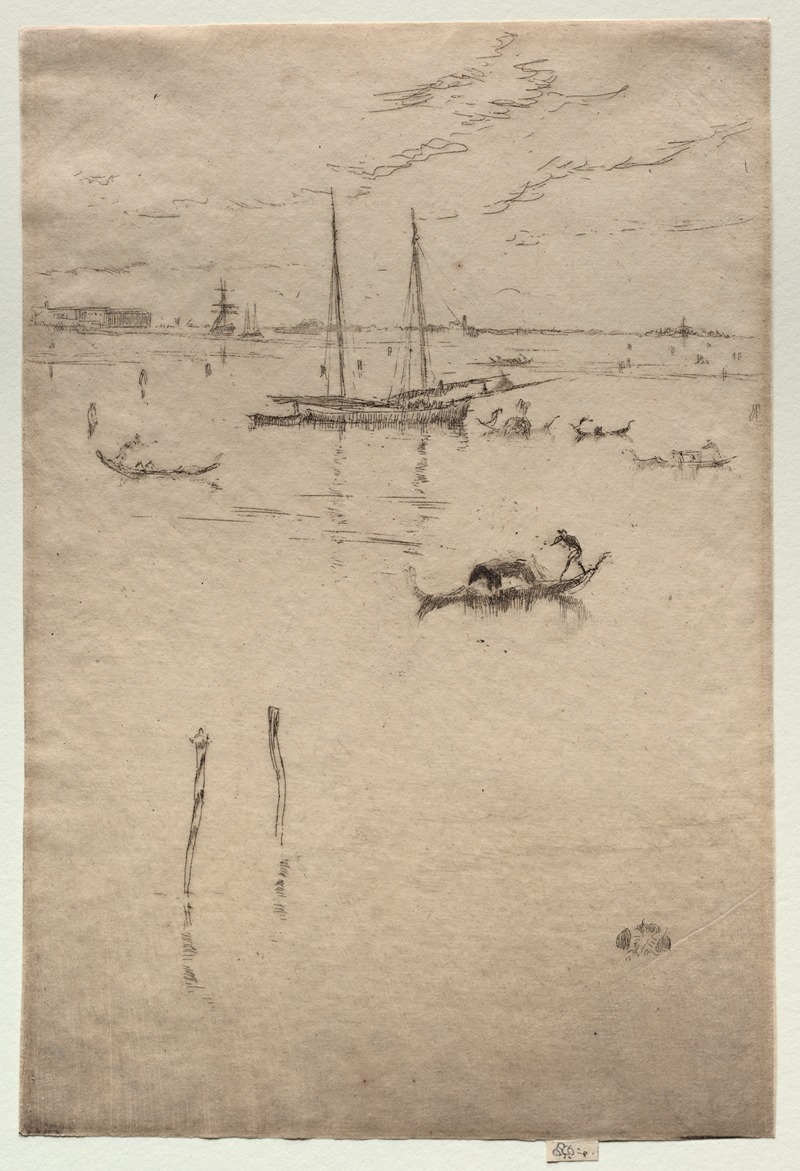
Little Lagoon
A hand-painted replica of James Abbott McNeill Whistler’s masterpiece Little Lagoon, meticulously crafted by professional artists to capture the true essence of the original. Each piece is created with museum-quality canvas and rare mineral pigments, carefully painted by experienced artists with delicate brushstrokes and rich, layered colors to perfectly recreate the texture of the original artwork. Unlike machine-printed reproductions, this hand-painted version brings the painting to life, infused with the artist’s emotions and skill in every stroke. Whether for personal collection or home decoration, it instantly elevates the artistic atmosphere of any space.
James Abbott McNeill Whistler, an influential American artist, is renowned for his contributions to the art world in the late 19th century. One of his notable works is "Little Lagoon," which exemplifies his unique style and artistic philosophy. Whistler was a proponent of "art for art's sake," a concept that emphasized the aesthetic experience over narrative content or moral messages. This philosophy is evident in "Little Lagoon," where the focus is on the harmonious arrangement of color and form.
"Little Lagoon" is a part of Whistler's series of etchings and lithographs that capture the serene and atmospheric qualities of various landscapes. Whistler was particularly adept at using these mediums to convey mood and subtle tonal variations. His etchings often feature delicate lines and a refined sense of composition, which are characteristic of his work during this period.
The artwork is believed to depict a tranquil scene, possibly inspired by Whistler's travels in Venice. Whistler spent a significant amount of time in Venice in the late 1870s, where he produced a series of etchings known as the "Venice Set." These works are celebrated for their innovative use of perspective and their ability to capture the ethereal beauty of the Venetian landscape. "Little Lagoon" shares these qualities, with its emphasis on the interplay of light and shadow and the reflective surfaces of water.
Whistler's technique in "Little Lagoon" demonstrates his mastery of the etching process. He employed a method known as "drypoint," which involves drawing directly onto a metal plate with a sharp needle. This technique allows for a range of textures and tones, from fine, delicate lines to rich, velvety blacks. The result is a work that is both detailed and atmospheric, inviting viewers to linger over its subtle nuances.
The composition of "Little Lagoon" is carefully balanced, with Whistler's characteristic use of space and proportion. The scene is typically devoid of human figures, focusing instead on the natural elements and their interaction with light. This approach reflects Whistler's interest in creating a sense of tranquility and timelessness, encouraging viewers to appreciate the beauty of the natural world.
Whistler's influence on the art world extends beyond his own works. He was a pivotal figure in the Aesthetic Movement, which sought to elevate the importance of beauty and visual pleasure in art. His emphasis on harmony and composition had a lasting impact on subsequent generations of artists, and his works continue to be studied and admired for their innovative approach to form and technique.
"Little Lagoon" is a testament to Whistler's skill as an artist and his dedication to capturing the ephemeral qualities of nature. It remains an important example of his work in etching and lithography, showcasing his ability to blend technical precision with artistic expression. Through pieces like "Little Lagoon," Whistler has left an enduring legacy that continues to inspire and influence the art world today.





